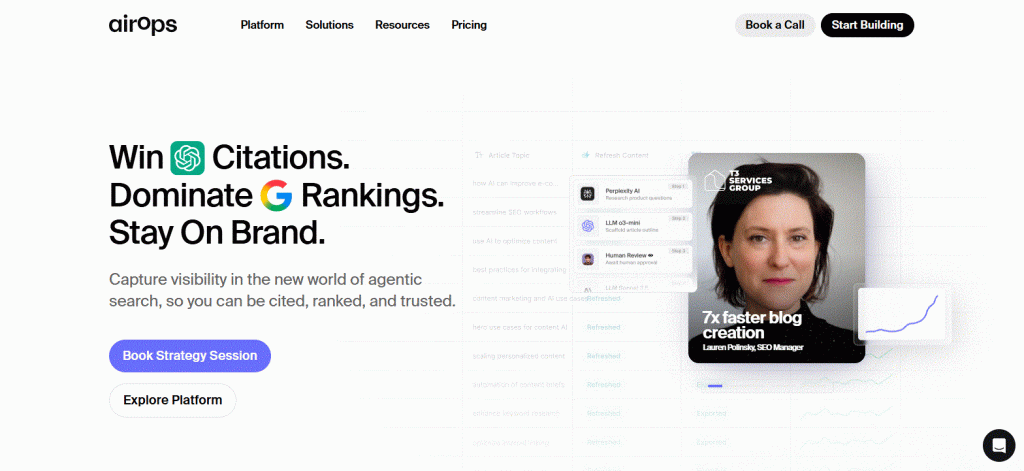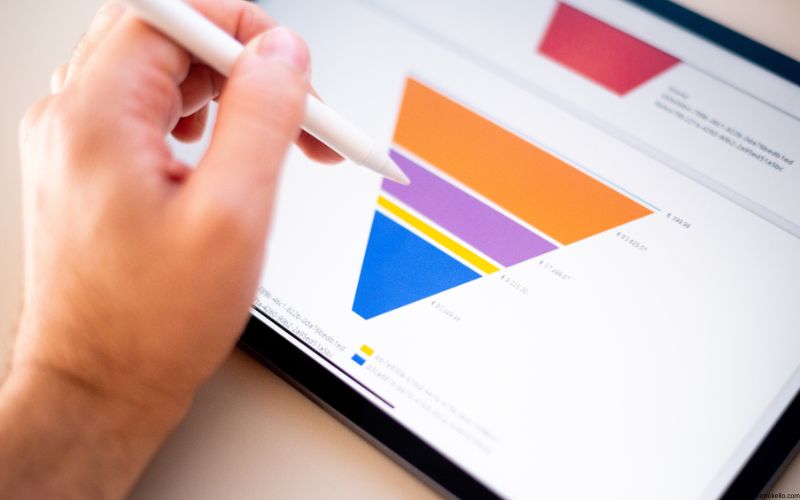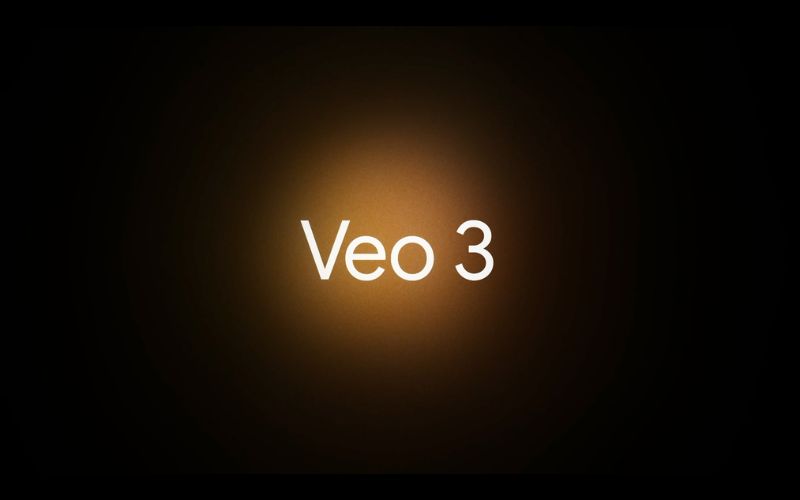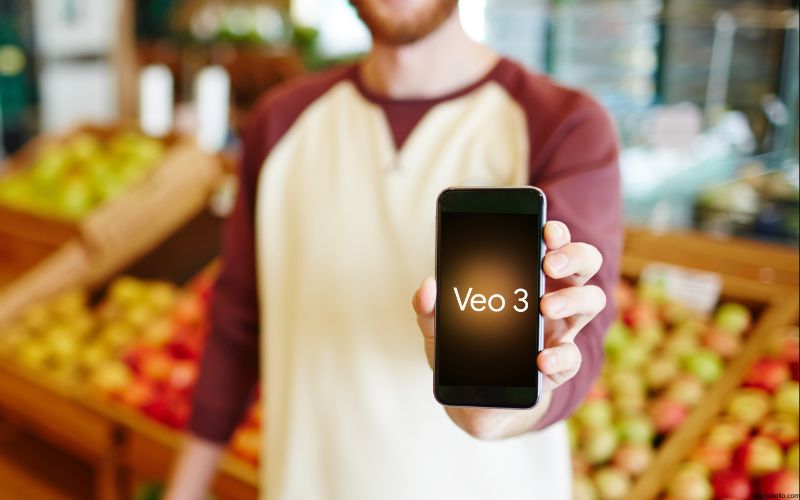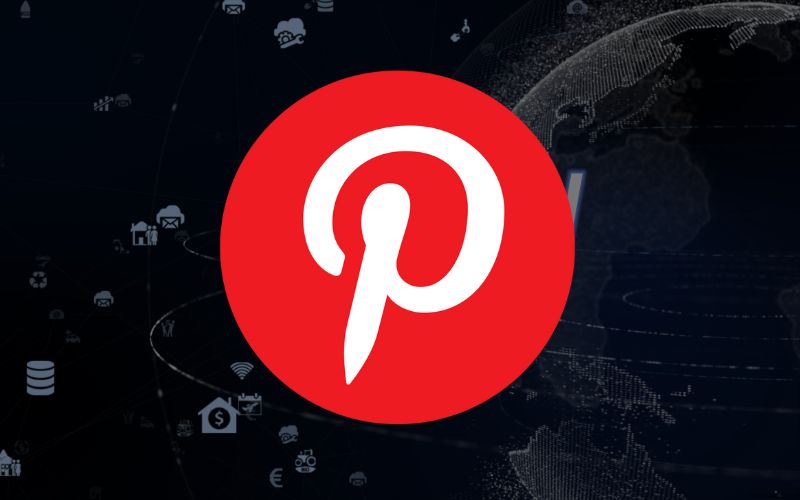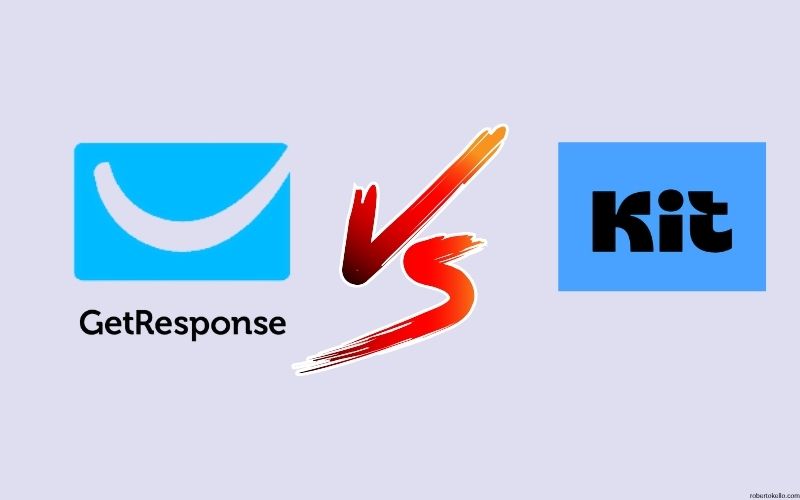How to Use AirOps to Automate Your Digital Business in 2025
In the fast-evolving landscape of digital marketing and content creation, staying ahead requires more than just producing good content—it demands smart automation, AI-powered workflows, and a strategy aligned with the latest search engine behaviors. Enter AirOps, the AI-driven content operations platform that empowers businesses to automate and scale their digital efforts with precision, speed, and on-brand consistency.
Whether you’re a startup founder, SEO strategist, marketing agency, or ecommerce brand, AirOps provides a robust solution for automating your digital business. Here’s a comprehensive guide to how you can use AirOps to unlock serious growth and efficiency in 2025.
What is AirOps?
AirOps is an AI-powered platform built to help businesses scale content operations, optimize for AI answer engines, and drive measurable business outcomes—from traffic and leads to conversions and revenue. It’s designed for brands that want to win in the new world of AI-powered search, where Answer Engine Optimization (AEO) is just as critical as traditional SEO.
Why Automation with AirOps Is a Game-Changer
In today’s environment:
Google AI Overviews are cutting click-through rates (CTRs) by 34%
ChatGPT traffic is up 182% year over year
Large Language Models (LLMs) prefer fresh, structured, and authoritative content
AirOps is built to help you adapt to these new realities by creating content for both humans and AI agents. Here’s how it works and how it can automate your business.
1. Automate High-Volume Content Creation
One of the standout capabilities of AirOps is its AI-driven content workflows. With these, you can:
Produce blog posts, product descriptions, landing pages, and more at scale
Integrate brand guidelines and expert data into AI prompts
Ensure consistency, quality, and voice across all content types
For example:
Deepgram saw a 20x increase in organic traffic using AirOps-powered content
Descript achieved 35% signup growth from refreshed content
These results prove that AirOps is not just about quantity—it’s about high-impact content at scale.
2. Stay On Brand with AI Precision
Using your brand’s unique data foundation, AirOps trains AI to:
Understand and reflect your brand’s tone, values, and message
Codify your market expertise into prompt templates
Eliminate off-brand outputs with built-in review checkpoints
As Rob Hoffman, CEO of Contact Studios, puts it:
“We’ve been able to codify our 15 years of SEO expertise into AI-powered workflows, making our processes 100% more streamlined and efficient.”
With this approach, even large teams or agencies can maintain tight quality control while automating output.
3. Refresh and Optimize Existing Content
Stale pages don’t rank—and AI agents ignore them. That’s why AirOps offers content refresh workflows to breathe new life into underperforming or outdated assets.
Case studies show:
Webflow saw a 40% traffic uplift in days after implementing content refreshes
Descript accelerated refresh timelines by 5x
With structured outputs optimized for snippet extraction, AirOps ensures that your content is easily cited by AI answer engines.
4. Engineer for AI Answer Engines (AEO)
Forget writing for Google alone. In 2025, you must also write for ChatGPT, Claude, Perplexity, and other AI assistants. AirOps helps you:
Structure content so it’s easily extracted by LLMs
Add citations, sources, and expert annotations to appear trustworthy to AI
Keep content updated regularly to meet AI recency preferences
This AEO-first approach is critical to being found, cited, and trusted in today’s search landscape.
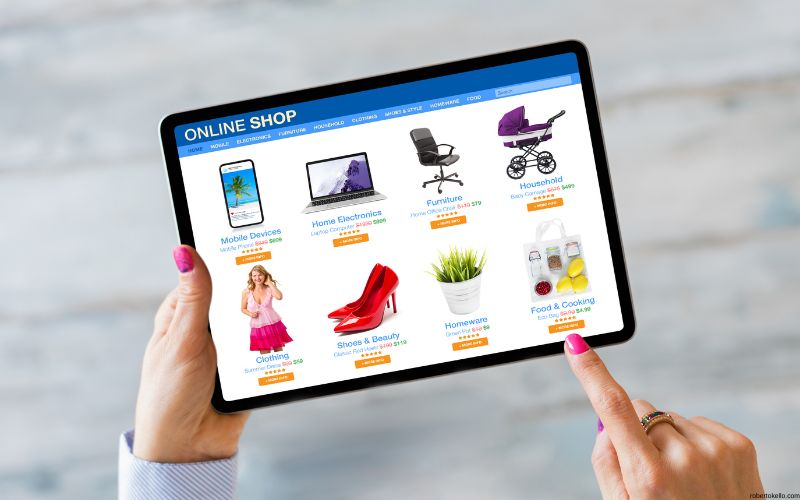
5. Scale Product Page Content for Ecommerce
If you’re running an ecommerce store, AirOps makes it possible to:
Convert raw product data into optimized product detail pages (PDPs)
Write collection page content that ranks and converts
Automate SKU onboarding at scale
For instance:
Go! Retail Group increased PDP conversion rates by 13% and onboarded 10,000+ SKUs using AirOps
T3 Services Group slashed creation costs by 90% while speeding up customer onboarding by 80%
6. Enable and Empower Your Team
AirOps goes beyond being a tool—it’s a system. Their Team Enablement offerings include:
AI growth strategy sessions
Custom solution builds
Training for transforming marketers into AI builders
Instead of treating AI as a black box, AirOps teaches your team to collaborate with AI, test outputs, review results, and scale what works.
7. Real-Time Monitoring and Review Grids
AirOps’ Run and Review Grids let you:
Track workflow performance
Evaluate content quality at scale
See which pieces are driving growth and why
This makes your content operations transparent, measurable, and continuously improving.
Real Results from Real Brands
Here are some actual outcomes from brands using AirOps:
| Brand | Result |
|---|---|
| Wyndly | 20x organic traffic growth, outranked top medical sites |
| Descript | +35% signup growth from blog refreshes |
| Webflow | +40% traffic uplift in days |
| Deepgram | Scalable content engine with high conversions |
| Go! Retail | +13% conversion lift on PDPs |
| T3 Services | 90% lower content creation costs |
Who Can Use AirOps?
AirOps is built for several audiences:
SEO & Content Teams – Create unique, optimized content that ranks
Marketing Agencies – Scale content production across clients
Ecommerce Stores – Automate PDPs and category content
Founders and Growth Marketers – Turn ideas into scalable AI-powered workflows
Ready to Take Off?
You have two ways to get started:
1. Guided Strategy (for teams and businesses)
Work with AirOps experts to build your strategy, create workflows, and train your team.
2. Self-Serve Platform (for builders)
Explore the platform yourself with no credit card required and see what it can do.
👉 Visit AirOps to book a strategy session or get started now.
Final Thoughts
AI is no longer a nice-to-have—it’s the core engine of modern content strategy. With platforms like AirOps, digital businesses can unlock scalable growth, dominate rankings, and build content that both humans and AI agents value.
How to Use AirOps to Automate Your Digital Business in 2025 Read More »
